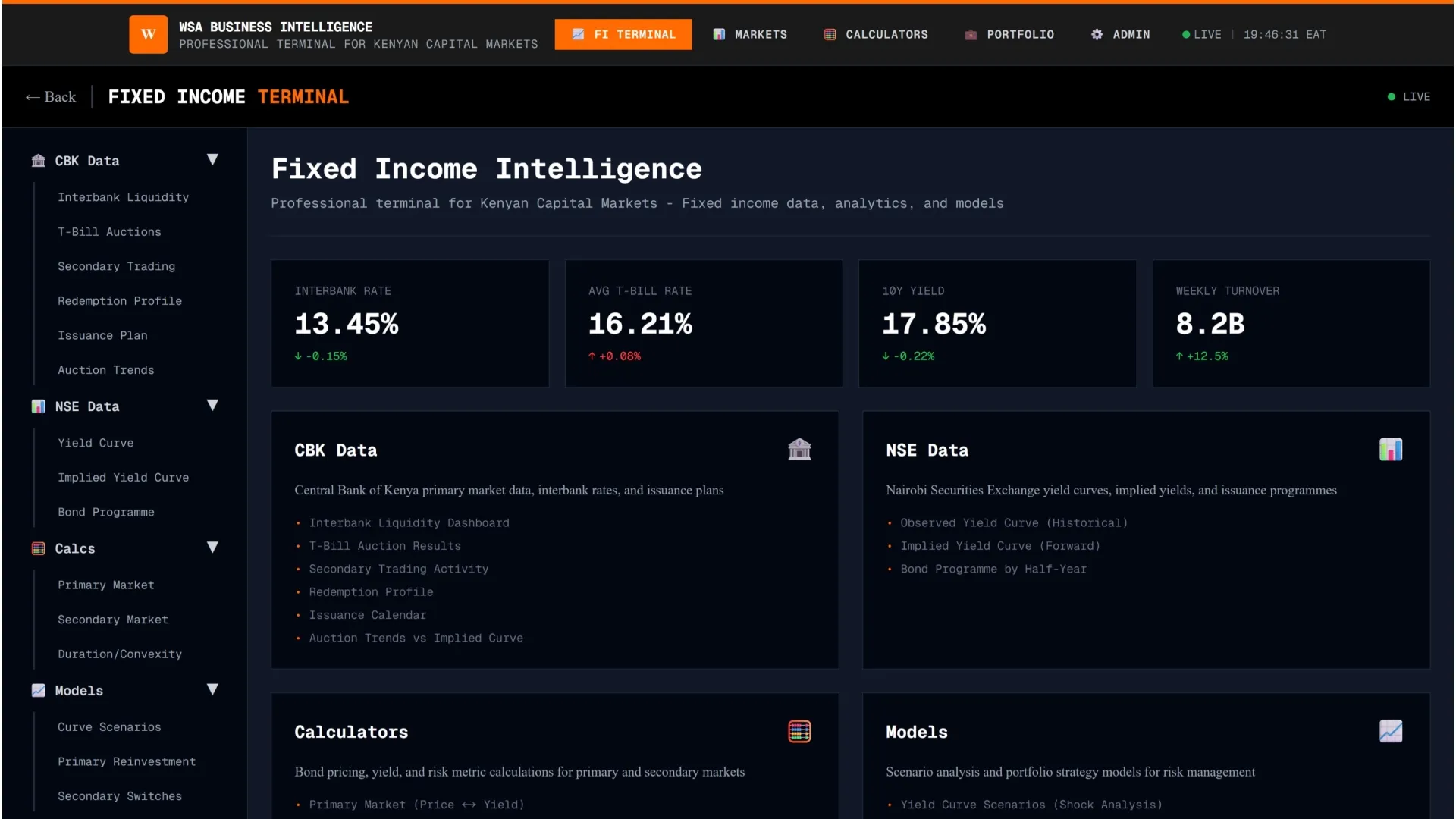Kenya needs to explore bold options of fiscal management. If the recent protests against tax hikes and bad governance are anything to go by, this is a matter of existential concern, Cuba Houghton, the budget financing lead at Bajeti Hub, writes.
Poor public debt management has plunged Kenya into a full-blown fiscal crisis. Debt service repayments coupled with limited revenue growth continue to put pressure on the exchequer to both meet creditor obligations and citizen needs.
A remarkable 68% of ordinary tax revenue is used to service debt annually, leaving limited funds for critical allocations like education and cash transfers to the poor.
Large-scale state reforms in health, education and housing have become too big to fail and also demand more finance for effective implementation. Aid flows to critical programs in health have fallen on loose ground amidst shifting global foreign policy and scaling geo-political tensions.
These service delivery demands are, and will continue rising, from an ever younger and growing population.
So Kenya needs to explore bolder options of fiscal management. If the recent protests against tax hikes and bad governance are anything to go by, this is a matter of existential concern.
It’s very social contract could be at stake.
Debt restructuring comprises efforts by countries to renegotiate the terms of their existing debt to ease debt burdens, typically in the face of existing or anticipated difficulties in repayment.
The Limited Success So Far
Recent efforts to revitalize tax collection to meet rising debt payments have had some success. Legal amendments to existing tax laws contained in the Finance Act 2023 grew tax revenue by 14%, compared to an average annual growth of 11% over the last ten years.
Despite this, foreign and domestic debt interest payments grew by 22% over the same period. According to the National Treasury, Kenya is expected to continue spending significant portions of revenue on redemption payments alone through to 2032.
This fiscal reality demands bold action.
Kenya already engages in one form of restructuring – debt refinancing – which involves replacing existing maturing debts with new debt. In early 2024, the National Treasury issued a costly $1.5 billion Eurobond to payback its less expensive maiden $2 billion Eurobond maturing, swiftly avoiding an all out default and extending its external debt maturity outlook.
Most recently, reports indicate that Kenya is attempting to renegotiate the terms of its large loan from China used to build its Standard Gauge Railway. The challenge with Kenya’s recent attempts at debt restructuring is that they are piecemeal and ad hoc, rather than part of a coherent set of planned reforms.
Kenya can consolidate these and other restructuring efforts to create the fiscal space needed to deliver essential services more sustainability over the long-term. Debt conversions like debt-for-nature swaps can be explored more aggressively. These arrangements could allow Kenya to exchange part of its sovereign debt for a commitment to invest in development priorities such as climate resilience or health.
Kenya could also leverage the additional liquidity from the ongoing privatisation of state corporations to try out debt defeasance. Defeasance as method of restructuring allows a borrower to effectively remove a debt obligation from their balance sheet by setting aside sufficient funds, typically in cash or bonds, to cover the remaining debt payments including principal and interest.
Restructuring Affairs
The benefit of debt restructuring is that it is pre-emptive, done in anticipation of repayment difficulties and before an official default. This potentially prevents the sometimes disastrous economic consequences that may arise form a formal debt default, as experienced recently in countries like Argentina and more recently Ghana.
However, debt restructurings are typically complex processes and can last multiple years at at time. Cases from across the world show that the success of restructuring processes lies in both their effective design, which often include IMF support and effective creditor cooperation, and strong domestic fiscal governance.
These often define the difference between countries like Angola, which successfully secured debt restructuring deals in a single process lasting four years, and Nigeria, which each underwent seven deals before finally resolving their debt issues.
Debt restructuring also poses the risk of shifting global perceptions of Kenya’s financial viability, which can have an impact on sovereign credit ratings and future borrowing costs. Even so, kicking the can down the road is no longer an option. The alternative, an eventual default, is too a high price to pay for maintaining fiscal optics.
This offers the country a unique opportunity for a sober conversation on the sustainability of its public finances. Paired with ongoing reforms to improve revenue collection, reduce wastage of public resources, and stifle corruption in procurement processes, a well-designed and intentional debt-restructuring could set Kenya on a new path to long-term fiscal sustainability.
Domestically, any attempt to restructure should be done cautiously to protect pension funds and financial institutions which hold the majority of domestic bonds. The additional liquidity generated over time could be channelled to other priorities like the settlement of pending bills, which could stimulate its Kenya’s economy.
Cuba Houghton is the budget financing lead at Bajeti Hub and writes in his personal capacity.
*The views expressed here are the author’s own and do not necessarily reflect the editorial stance of The Kenyan Wall Street.




